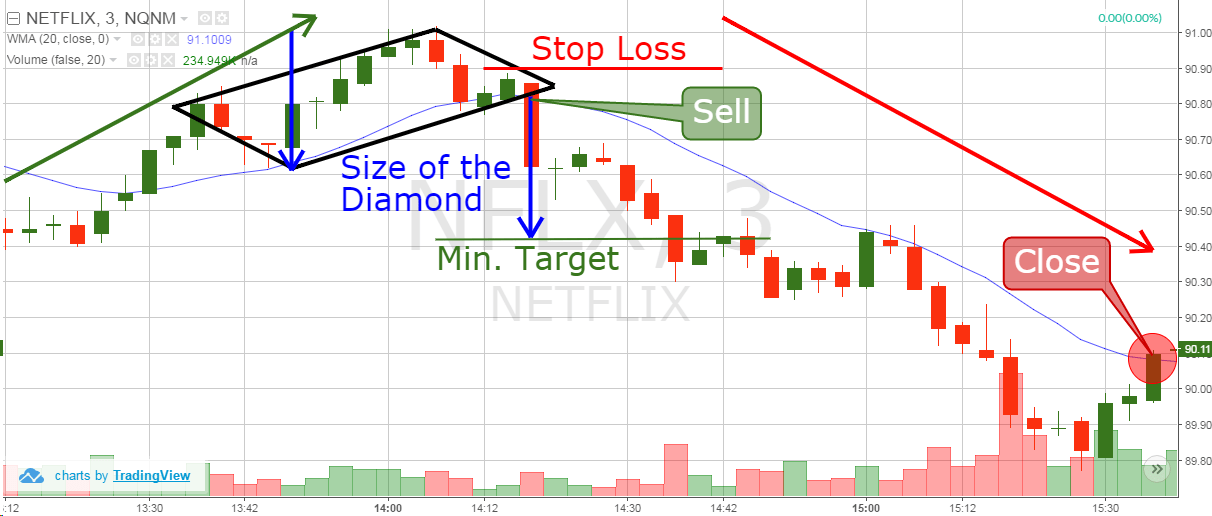Know stock chart patterns to make successful investments

To understand the trends of stocks it is necessary to know how to read the patterns on the stock charts. This post will help you understand the major stock chart patterns and also learn how to predict the trends of the stocks efficiently.
If you are just a novice and wish to be a pro in the stock market, then mastering the art of understanding the stocks trends would be necessary. Once you have known the trends well, weeding out poor performing stocks and identifying the best ones wouldn’t be a deal anymore.
Why is it necessary to understand stock charts?
Understanding stock charts would help you to figure out the answers to these questions.
- Whether the stock is trending upwards or downward
- In which stage is the stock
- What is the position of the stock trend- start? Middle or end?
- What is the strength of the trend?
- Is the path of the lines smooth or steeper?
- Are the chart patterns consistent or has any changes?
- Is there any resistance or support areas, if yes then where?
How can you understand the trends in the stock patterns?
To understand what’s the Sensex today. You will have to understand the Sensex value in relation to the previous days. Sensex is an index that is associated with stock markets and gives the direction of the movement of the stocks.
If the Sensex today is higher, it means that it has increased as compared to the previous days. Similarly, a low Sensex would indicate fall in the prices of the stocks when compared to the previous days.
What are the classifications of the stock chart interpretations?
There are mainly two classifications to stock patterns
- Reversal patterns
- Continuation patterns
Reversal patterns as the name itself explain it tells that the stocks can be reversed any time. Like in case if the trend is going upwards, it has the chance of going downwards soon. Similarly, if the trends are going low, the stock prices can reverse and start going up any day.
This pattern is further classified into-
- Heads and shoulders: In this pattern, 3 significant peaks are visible resembling the head of an individual with shoulders. So, the out peaks are of same height while the middle one is higher to resemble the head. This chart normally predicts a bullish to bearish trend. The prices fall close to the base from where the outer peak began.
- Inverse head and shoulder– This is just the opposite pattern of head and shoulder where the prices are constantly falling, and this predicts reverse downtrend.
- Double tops and bottoms- This kind of pattern occurs when the chart moves in the form of either “M”- double top or “W”- double bottom. Here the peaks are at the same level and it explains that larger the fall between two waves larger is the trend to get reversed.
Continuation patterns – This pattern indicates that the trend will keep on continuing for a period. So, if the prices are increasing it will keep doing for some point of time and the same would be if prices are decreasing.
This pattern can be further classified into –
- Triangle pattern– When the difference between the tops and bottoms keep on reducing giving it a form of a triangle.
- Rectangle pattern- Here, the trends move in the pattern of a rectangle where the end is at the same top or at the same bottom. The prices at the top or at the bottom remain constant for a period of time.
- Flags and pennants- This trend is seen mostly on intraday charts where the patterns are similar to triangles and rectangles but occur for only a short period of time.
Learning stocks charts are always beneficial to understand the market trends that would be beneficial to invest.








